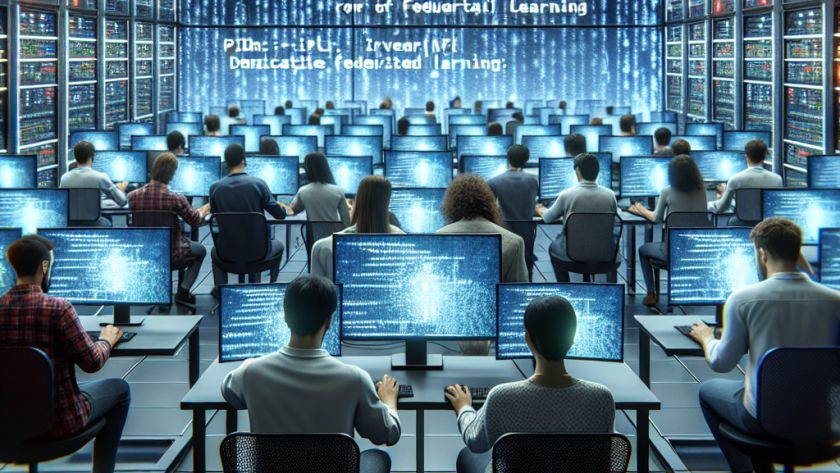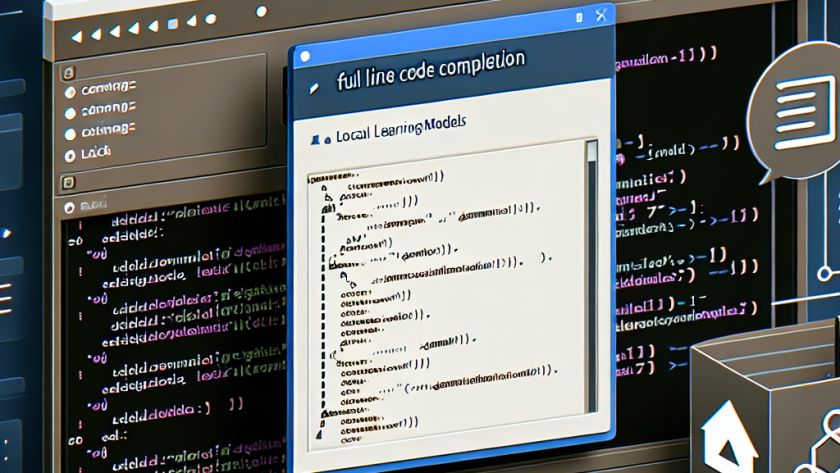Advancements in multimodal architectures are transforming how systems process and interpret complex data. These technologies enable concurrent analyses of different data types such as text and images, enhancing AI capabilities to resemble human cognitive functions more precisely. Despite the progress, there are still difficulties in efficiently and effectively merging textual and visual information within AI…











